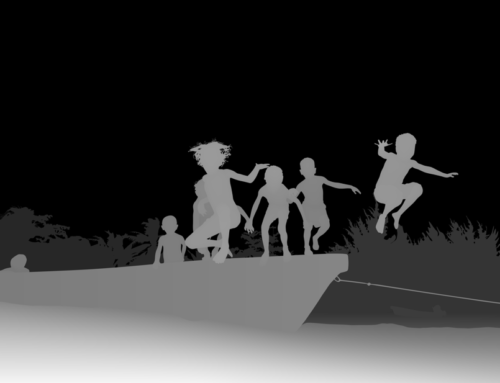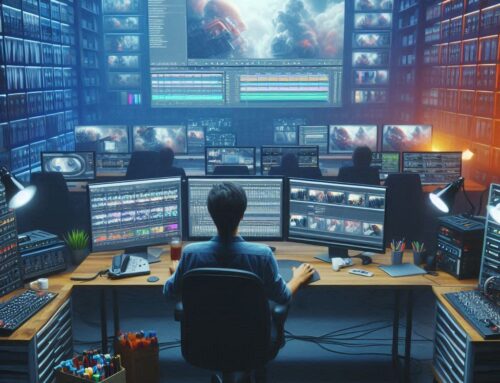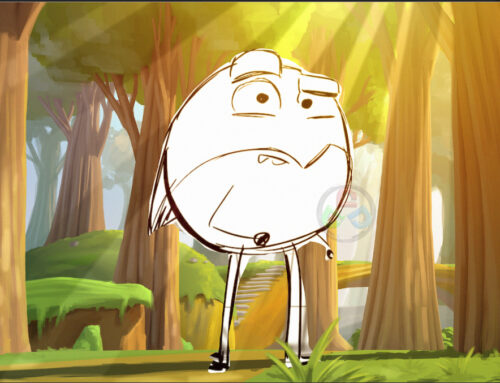Kling AI : The New AI Video Model Revolutionizing Content Creation

What do we know about Kling?
Kuaishou’s latest AI video model, Kling, promises groundbreaking advancements in content creation. Unlike its predecessor, OpenAI’s Sora, Kling offers users the ability to generate up to two minutes of high-definition video content from a single prompt. Operating at 1080p resolution and 30 frames per second, Kling’s output is not only visually stunning but also boasts accurate simulations of real-world physics—a feat previously challenging for many AI models. Utilizing a diffusion transformer model akin to Sora, Kling incorporates proprietary technology supporting various aspect ratios and shot types, enhancing its versatility in content creation.
In addition to its generative capabilities, Kling excels in 3D face and body reconstruction, facilitating improved expression and limb movement within generated videos. This feature underscores Kling’s commitment to delivering lifelike and engaging content experiences.
Click Here to Access Kling Website
What do Kling videos look like?
One of Kling’s most remarkable attributes is its ability to produce photorealistic videos. While some clips may exhibit minor blurring, the overall realism achieved by Kling sets a new standard in AI-generated content. From footage featuring a boy on a bicycle to scenes depicting mundane activities like eating noodles, Kling showcases its prowess in creating immersive visual experiences. Notably, Kling’s rendition of a parrot and a burger eater challenges viewers to discern reality from simulation—a testament to its impressive capabilities.
Kling’s proficiency extends to capturing intricate motions, evident in demonstrations like pouring liquid, where it accurately replicates real-world dynamics. This attention to detail ensures that Kling-produced videos not only look realistic but also convincingly portray natural movement and physics.
Kling vs. Sora: A Head-to-Head Comparison
Kling’s emergence has sparked comparisons with its predecessor, Sora. While Sora garnered attention for its one-minute-long, high-definition video generation capabilities, Kling takes it a step further by producing videos up to two minutes in length. Moreover, Kling’s ability to simulate realistic motions and physical properties sets it apart from Sora, promising a more immersive viewing experience.
The Technological Advancements Behind Kling AI
At the core of Kling’s functionality lies its innovative Diffusion Transformer architecture, enabling seamless translation of textual prompts into visually captivating content. By harnessing variable resolution training and sophisticated algorithms, Kling empowers users to create videos with unparalleled realism and detail. Its open availability for testing on the Kuaiying app reflects Kuaishou’s commitment to driving innovation in AI-driven content creation.
What does this mean for Sora?
While Kling’s emergence introduces a formidable competitor in the AI video modeling landscape, its potential impact extends beyond mere rivalry. The anticipation surrounding Kling’s global release prompts reflection on the future trajectory of AI-driven content creation. With OpenAI’s Sora facing delays in wider accessibility, Kling’s availability outside of China could signal a shift in market dynamics, spurring innovation and hastening the pace of technological advancement.
Moreover, Kling’s arrival underscores the growing diversity in AI video modeling, with established players like Runway and Pika Labs intensifying their efforts alongside emerging contenders such as Haiper, LTX Studio, and Higgsfield. As competition intensifies, stakeholders anticipate accelerated progress and enhanced offerings in AI-generated content.
In light of these developments, OpenAI’s strategic decisions regarding Sora’s release take on heightened significance. Balancing considerations of safety, accessibility, and technological refinement, OpenAI navigates a complex landscape shaped by evolving consumer demands and competitive pressures.
Q&A Section:
Q1: How does Kling differ from its predecessor, Sora?
Kling distinguishes itself from Sora with its ability to generate longer videos, improved prompt-following capabilities, and multi-shot sequences. Additionally, Kling offers advanced features such as 3D face and body reconstruction, enhancing the realism and expressiveness of generated content.
Q2: What sets Kling AI apart from other AI video models?
Kling’s standout features include its photorealistic output, accurate simulation of real-world physics, and versatility in supporting various aspect ratios and shot types. These capabilities position Kling as a leading contender in the rapidly evolving landscape of AI-driven content creation.
Q3: How might Kling AI’s emergence impact the wider AI video modeling industry?
Kling’s introduction introduces heightened competition and innovation to the AI video modeling industry, prompting stakeholders to reevaluate strategies and priorities. As the market evolves, the race to deliver superior content generation capabilities intensifies, driving advancements that benefit creators and consumers alike.
Contact us for Animation and Post-Production Services



